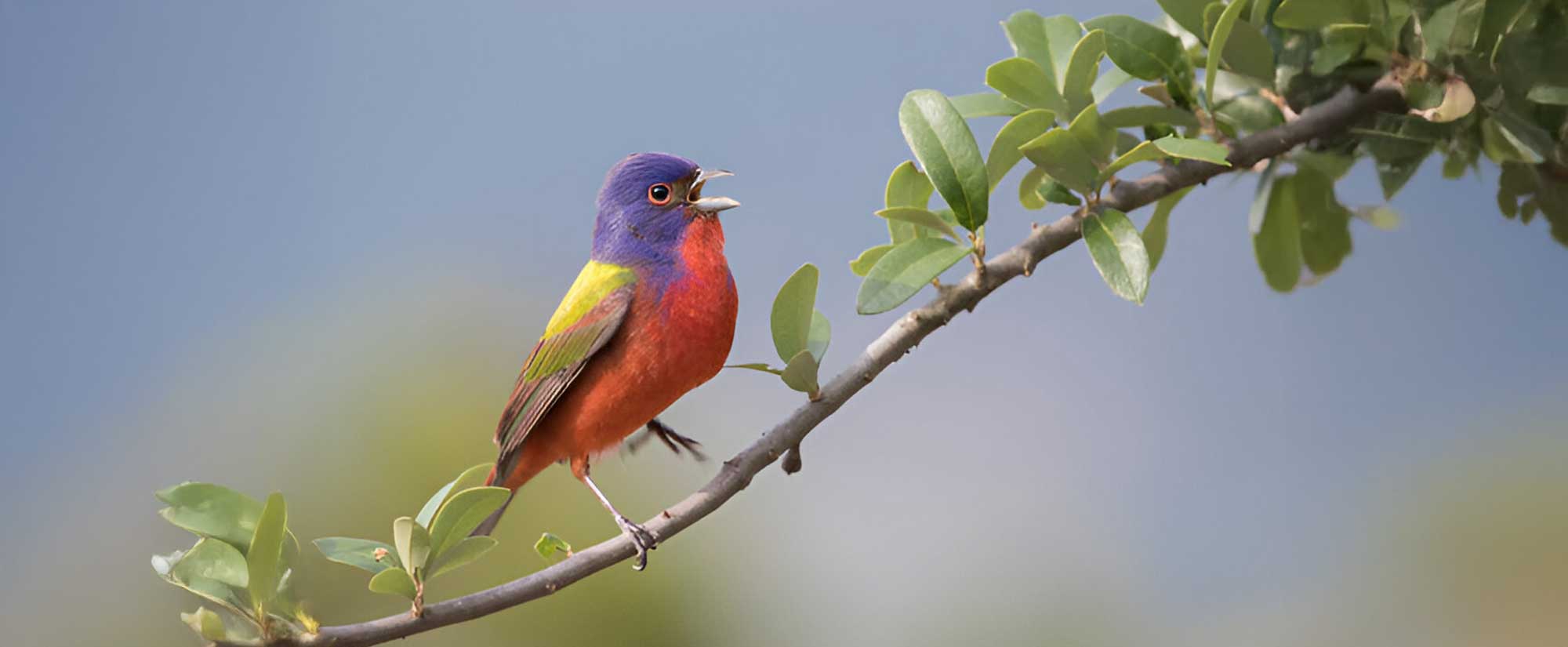
Notes from a Texas Master Naturalist about native plants and why they matter to wildlife.
It’s still hot now, but a great time to work on equipping your landscape for the task of helping winter birds. As migrating birds gear up for their journey south each fall, a significant part of their preparation includes finding high-fat foods to build up their stamina, keep them warm as cold weather arrives, and be ready for the long flight to come. Flight pathways of migrating birds are anything but random, having been traveled for eons to find the valuable, high-fat foods along those flyways – provided by regional native plants they have historically found there. But birds and other favorite wildlife, such as butterflies, are in steep decline because of lost habitat. Their reliable food plants in developed urban and suburban areas have been replaced with vast turfgrass lawns that offer no value as food.
When the native vegetation our avian friends need is replaced by non-native, or worse, invasive, species, vital available food often transitions from abundant, high-fat seeds and berries to less healthy, high-sugar content food. While plants such as nandina, for example, may provide edible but high-sugar berries for migrating birds, they are far from vital winter dietary needs, especially for birds facing that long over-water flight with no place to refuel their bodies. Surviving that grueling trip demands the right food before it starts – from local native food sources the birds expect to find here, as they have for millennia.
Resident birds that overwinter here may also suffer in colder temperatures for lack of high-fat sources when forced to resort to food from non-native plants. Imagine the amount of shivering a chickadee must do overnight in cold weather just to survive until sunrise, when it can replenish its strength by finding seeds or berries with high fat content.
Birds aren’t the only wildlife that lose their best food sources when native foods disappear, but as such a big part of the wildlife we see, they serve as a reminder to protect sources of year-round wildlife food. One of the best ways to protect critical food is by removing non-native and invasive species from our own landscapes when we can, replacing them with plants that produce the best year-round food resources. American beautyberry is a sure winner, is easy to grow, plus pollinators will love the flowers that later turn into masses of purple berries the birds need through the fall and winter! Yaupon holly, wax myrtle, and hackberry are all good choices too!
Trust your Native Texas Landscape representative to help you choose the best plants and find ideal locations in your landscape to fulfill turning your yard into a habitat where you can feed and enjoy winter birds for years to come. It’s a great job for any landscape!
Teri MacArthur has been a certified Texas Master Naturalist since 2001, and is an environmental educator offering a broad scope of adult and youth nature programs in the region.


